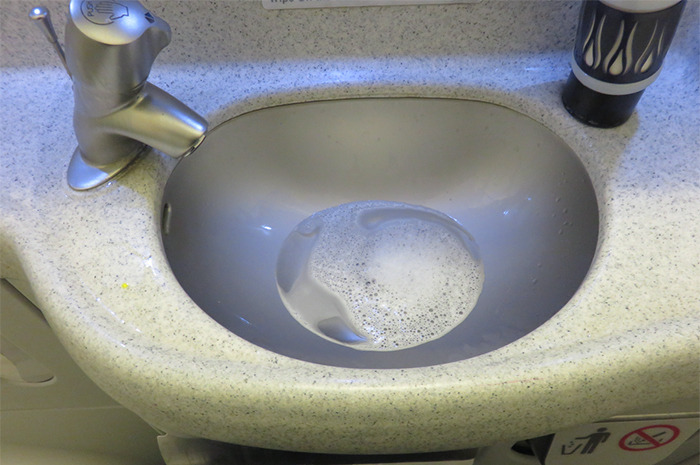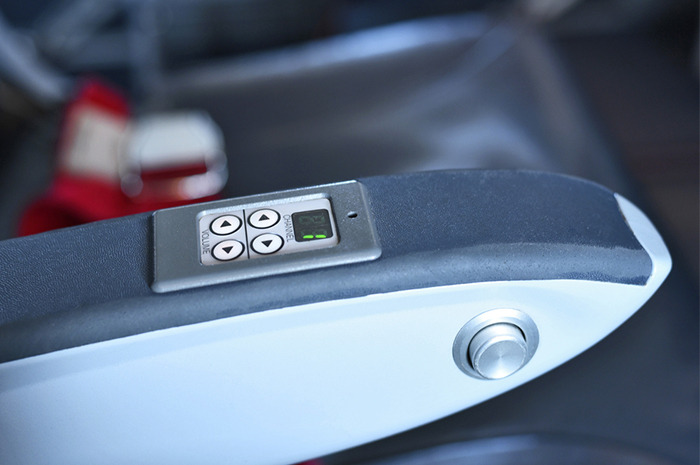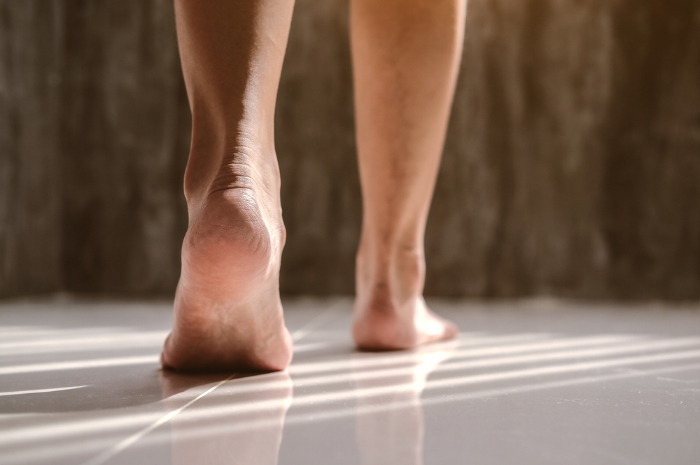What To Avoid When Traveling By Air This Holiday Season
Airplanes have a reputation of being among the most germ infested places. This is not exactly true, according to Danica Barron. Medical Services Director at ParaDocs Worldwide Inc, a collaboration of doctors and paramedics. Train and bus stations as well as public toilets are higher on the list. "However, if you are traveling via air this holiday season, you should definitely take precautions to avoid getting in contact with germs needlessly," she says.
Airline magazines
Any inflight magazines and pamphlets regarding safety are frequently accessed and seldom cleaned, if at all. At a minimum, the inflight magazines are changed once a quarter- so keep this in mind after thumbing through the SkyMall catalog.
Toilet seats
Make sure you CLOSE the toilet lid when you flush. If you don't, you could launch germs from the toilet into the air (and breathe it) when it flushed.
Door handle
Washing hands is crucial after using the toilet; however, it is important to note that many passengers don't. So, when you touch the taps or open the door, you may be coming into contact with germs. Therefore, you should use a paper towel to open the inside door, turn on and off the fixtures, close or lift the toilet lid and flushing the toilet.
Blankets and pillows
"I would be highly suspicious of the blankets and pillows," Barron says. Unless they are presented to you in a plastic bag, it is highly possible that they were previously used. They may not have been washed for days, even week. In fact, an article published by the WSJ in 2007 reported that airlines washed their blankets only every 5-30 days.
Taps
People using the lavatory have not washed their hands before touching the taps. Beware of that and cover the tap before turning the water on. Use a wipe or a paper towel. Also, the water used in the lavatory sink is called 'Potable Water' and is filled into the same tank that distributes to all coffee pots, hot tea and the lavatory sink.
Arm rests
They should be wiped down carefully. This is where your hands and those of who knows how many more passengers have been. And who knows how clean their hands have been...A lot of germs are living there. Clean this area as well as you can.
Airplane water and ice
In 2011, the EPA's Aircraft drinking rule went into effect which required more standardized, stringent disinfection and inspection regulations, so it is quite unlikely you will get sick from the water served on the plane. However, some airlines may still use tank water for making ice cubes; therefore, get your drinks without ice.
Seat belts
Top off your trip to the bathroom with a good squirt of hand sanitizer in your seat. Tissues are also important to have with you so you can wipe your nose, and, finally, baby wipes to wipe off the seats, seat belts, hand rest, etc.
Seat pockets
This is a places that is hard to clean and can harbor a lot of germs. During an experiment, microbiologists found more than 3,000 bacteria on a plane. Everything inside the seat pocket was pointed out as being among the Top 3 filthiest places.
Tray tables
The logic is similar to menus in restaurants. How often do you think they get cleaned? Maybe a crew member will wipe them down every now and then but they certainly won't use an anti-bacterial soap to do so.
Touch screen
Ideally, it would be nice to wipe down the touch screen in front of you, but you may damage it. "So I would just stick to hand sanitizer after making your movie selection," Barron says.
Diseases you can catch
The most common diseases to catch on the plane would be ones causing upper respiratory infections, just as when you are not flying. You are more likely to get influenza virus. Other pathogens worth mentioning are E. Coli and methicillin-resistant staphylococcus aureus (MRSA). These bacteria can survive for up to a week on surfaces throughout the plane. Findings of microbiologist and engineers at Auburn University in Alabama showed that MRSA, which can cause skin infections, pneumonia, and sepsis, can survive up to 168 hours and E. Coli, which is known for diarrhea and urinary tract infections can live for 96 hours. Wash hands and sanitize.
Bring hand sanitizer!
The best kind would be an alcohol based sanitizer which has a pleasant small, which helps as an incentive (and friendly reminder) to use it frequently. This is really important with kids, who can be a little resistant to the hand sanitizing procedures.
Don’t walk barefoot
You should get up to stretch; this improves circulation, reduces your chance of getting blood clots in your legs (deep vein thrombosis) and soothes achy muscles and joints. But stick to your socks. People often go to the bathroom barefoot, and it is one of the dirtiest parts of the plane.
Rest
There is no way around it; don't get on a plane tired, thinking you may catch some Zzzz's onboard. Lack of sleep has an immense effect on the immune system. You need restorative sleep to get the body back into disease-fighting shape.
Stay hydrated
The most important thing you can do prior to arriving at the airport is to be rested and hydrated. Consider taking a water bottle with you (fill it up after security) which can contain at least 1 liter of water and make sure you consume it during the flight.
















